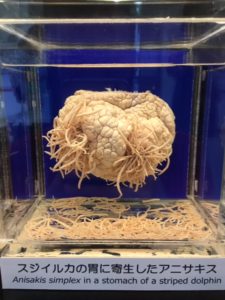 Hosts: Vincent Racaniello, Dickson Despommier, and Daniel Griffin
Hosts: Vincent Racaniello, Dickson Despommier, and Daniel Griffin
The TWiPniks docs solve the case of the Female from Peru with Epistaxis, and discuss the effect of community deworming on immunosuppression.
Click arrow to play
Download TWiP #122 (68 MB .mp3, 113 minutes)
Subscribe (free): iTunes, RSS, email
Become a patron of TWiP.
Links for this episode:
- Community deworming and immune hyporesponsiveness (PNAS)
- Paul C. Beaver (one, two)
- Photo by Oscar Adam Oscarson
- Letters read on TWiP 122
This episode is sponsored by CuriosityStream, a subscription streaming service that offers over 1,400 documentaries and nonfiction series from the world’s best filmmakers. Get unlimited access starting at just $2.99 a month, and for our audience, the first two months are completely free if you sign up at curiositystream.com/microbe and use the promo code MICROBE.
This show is sponsored by Drobo, a family of safe, expandable , yet simple to use storage arrays. Drobos are designed to protect your important data forever. This Holiday season give someone a Drobo to keep all their files and memories safe forever. TWiV listeners can save 20% or more off of their purchase of a Drobo 5D, Drobo 5Dt, Drobo 5N, or any 8-drive or 12-drive system at www.drobostore.com by December 31, 2016 using discount code MICROBE20.
Case Study for TWiP 122
First of a series of cases with a theme, a 23 yo female international aid worker, chief complaint of diarrhea. Dutch descent, born in US, been in rural area of western DR, close to Haitian border. It’s been raining, houses have tin roofs, other flat concrete, rainwater pours off. Child comes by with mangoes, she buys one, washes it in rain water from the roof. Bites open mango, peels it, eats mango. The same night she is not feeling well, loose stools, abdominal discomfort. Next day, goes with group to border town; then has full fledged diarrhea. Looks into toilet, sees white objects 1 cm in length on stool, and they are moving. Uniform width, thinner than long, wormy looking. Has been participating in other activities in this area, swims in local river, walks barefoot, eating lot of local foods. Lunch: rice, beans, cooked meat, avocado. Dinner, yucca, fried salami, etc. Healthy before, no family history, not on meds, living with one of local families, no toxic habits. Dogs, cats, pigs, chickens around. One month earlier, cat in family home had kittens, she played with them. Very excited about that. Local physician contacted, he treats her.
Send your case diagnosis, questions and comments to [email protected]


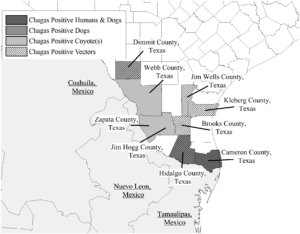
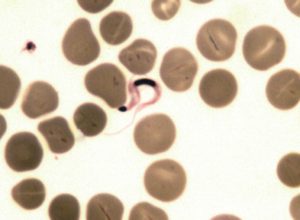 Hosts:
Hosts:  Hosts:
Hosts:  Hosts:
Hosts: 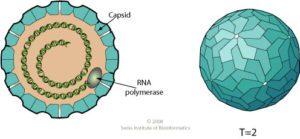 Hosts:
Hosts:  Hosts:
Hosts: 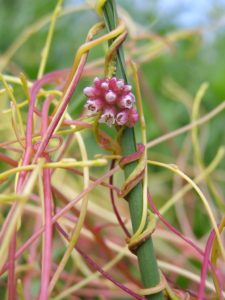 Hosts:
Hosts:  Hosts:
Hosts: 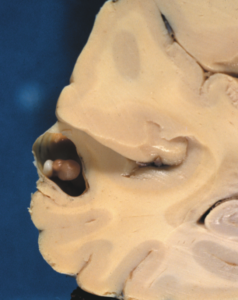 Hosts:
Hosts: 

